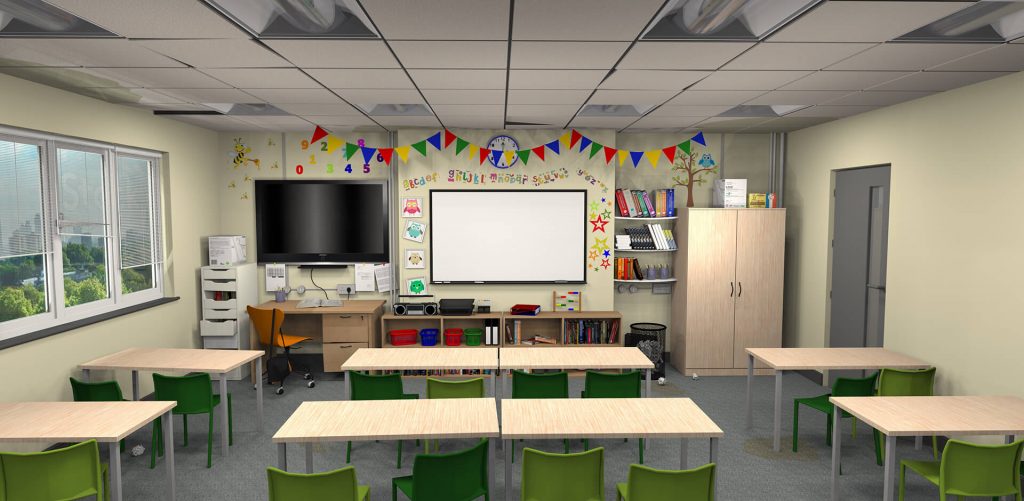Who can say what the future holds? Well, scientists can, of course, or at least they can guess. And one thing that seems pretty certain is that all kinds of digital technologies are going to play an increasingly important role in all our lives as we move into the future. So, it’s pretty safe to assume that for the vast majority of students, digital technologies will be central to their lives as adults.
Up to now, educators have taught literacy and numeracy as a priority because they are the principal tools that can go a long way in helping learners to find their way in the world as grown-ups. But there’s a completely new set of skills that students may need in order to tackle the world. And today’s post offers a humble insight into the role of modern techs in education. Also, you can learn more about some cool educational apps and tools that may come in handy in today’s classroom.
Improving Digital Literacy Skills
It’s very well to say that students need digital literacy. But what exactly is digital literacy and how does it differ from traditional literacy skills? There are a lot of fancy explanations out there. But the short answer is that it’s a person’s ability to make constructive use of digital technologies. How do you become digitally literate? In the same way, you become literate: master some basic skills, assimilate essential knowledge, and hone it all via repetition and ongoing application of what you’ve learned. By that reasoning, it’s clear that regular use of technologies in the classroom is also going to have a profound impact on students’ digital literacy skills.
Tools to use:
- Plagiarism checkers. Those who write essays and research papers on a regular basis know how important it is to deliver high-quality papers. Some students still struggle, though, and go to paytowriteessays.com whenever they require extensive academic support. Therefore, it’s essential to teach and encourage students to use various plagiarism detection tools like Grammarly. Not only will it help young learners to ensure they deliver unique content but also help educators instil digital etiquette in them.
- Digital Citizenship App. This app will be useful to both educators and students. It provides instructions on online safety and features efficient learning tools and activities students might use to prepare for quizzes, exams, etc.
- ReadWorks Digital. This tool offers multiple resources that support differentiated reading and makes it easier to assign readings to students.

Facilitating Student Engagement
Lots of people assume that using digital technologies for engagement means playing games. And sometimes, it really does. But more than that, it’s about utilizing tools that are meaningful to students to assist them in learning, tools that allow them to express their thinking. And if that happens to be through a game, it’s totally fine. After all, when using any technology, old or new, it’s the capacity to create that most students find engaging.
Tools to use:
- Google Classroom. This efficient app is great for collaboration and tracking student engagement. Google Classroom boasts a variety of tools that enable students to upload homework, participate in class discussions, collaborate on projects, and much more.
- Socrative. If you want to motivate students to learn and provide useful feedback on their work in a timely manner, try Socrative. This app enables students to interact with learning materials and their peers and receive scores in real-time.
- PowerSchool and other types of cloud-based education software. Dedicated cloud-based solutions are now actively used for providing ongoing support to schools that aim to streamline their education processes, improve staff capacity, enhance collaboration in real time, improve student performance, and much more.
Expanding Opportunities
Technology is all about two things mostly: making the existing tasks easier and allowing people to perform tasks that were previously impossible. What if your class could take a tour of the Coliseum, and talk with a marine biologist? What if you could spend a quiet afternoon with your students exploring the surface of the Red Planet?
Tools to use:
- The History of Everything. This app features a user-friendly timeline-based design, which helps students learn historical concepts and educate themselves on important events. Students can navigate through different eras and filter timelines when they need to focus on a specific period. Alternatively, you can use History Timeline, Google Assistant’s Time Machine action, etc.
- Google Earth VR. It can help easily record a tour of the world and share it with other students. Google Earth VR is also great for taking virtual tours of various geographical and historical locations. Students can learn more about iconic historical moments and learn more about them as they proceed.
- Google Arts & Culture. In essence, it’s a curated library of artworks from thousands of museums and archives worldwide. It empowers users to take virtual tours of the world’s most famous, try on chain mail, and explore arts, cultures, customs, and centuries-old traditions, as well as compile their own portfolios about various cultural phenomena.
Final Thoughts
There’s one thing you can rely on when it comes to technology, and that is it’s going to change sooner or later. It may at times seem as though the relentless march of technology is somewhat frightening. Lots of techs, which were extremely popular back in the day, now can be found in tech museums or on the shelves of collectors.
So, seeing VR and blockchain trends going the way of video cassettes or CD players might not be a long time coming. But the more educators use a certain tech or tool, the more accustomed to incorporating new techs into classrooms they all become. And you never know what amazing teaching tools the future will hold. So, be sure to make the most of current technologies and pave the way for even more efficient and innovative tools that will help make learning a breeze.
For even more opinion pieces like this, click right HERE.